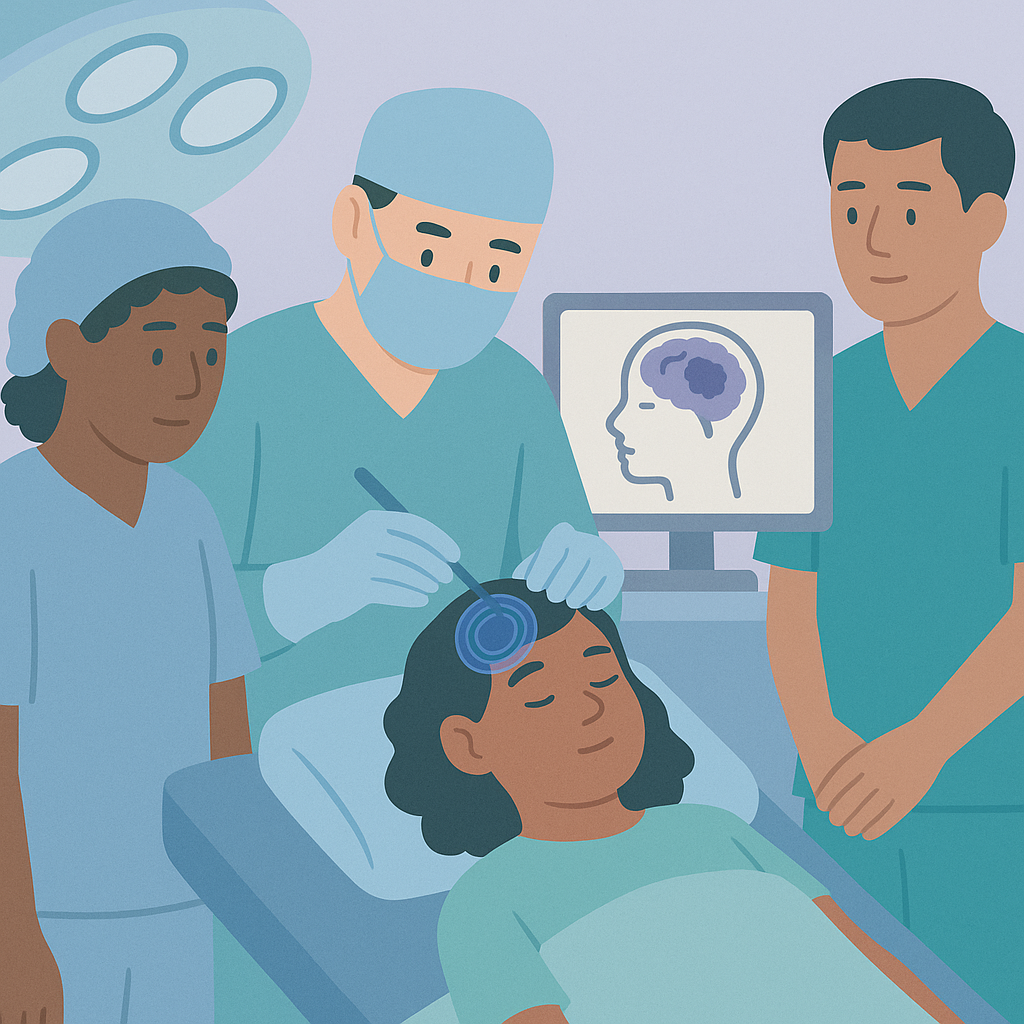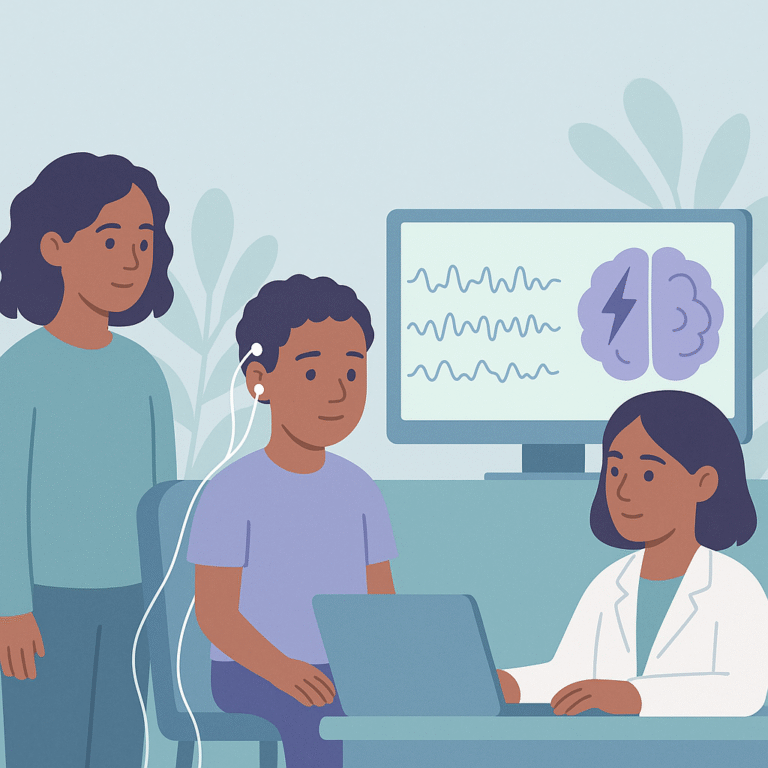Targeting Low-Entropy Zones Improves Surgery Success for Kids with Epilepsy
Source: Epilepsia
Summary
Researchers studied children with drug-resistant epilepsy (DRE) to find better ways to predict the success of epilepsy surgery. They focused on a specific type of brain activity called "low-entropy zones," which can occur even when there are no visible seizure spikes. The study involved analyzing brain wave data from 75 children, using both short and longer recordings to see how well these low-entropy zones could indicate which areas of the brain should be removed during surgery.
The key findings showed that when surgeons targeted these low-entropy zones during surgery, the chances of reducing or eliminating seizures afterward were significantly higher. The study found that removing these zones predicted better outcomes with a high accuracy rate. In fact, the predictive ability of low-entropy zones was better than other traditional methods, even when looking at brain activity during periods without seizures.
This research is important because it could lead to improved surgical planning for children with DRE, potentially reducing the number of children who continue to have seizures after surgery. However, the study has some limitations, such as the need for more research to confirm these findings in larger groups of patients and to understand how these results might apply to different types of epilepsy.
Free: Seizure First Aid Quick Guide (PDF)
Plus one plain-language weekly digest of new epilepsy research.
Unsubscribe anytime. No medical advice.





